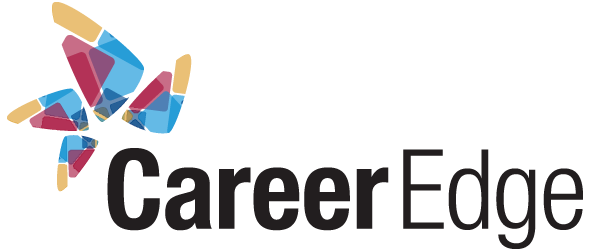Endings are as polarizing as the winter’s first heavy snowfall. Loathed by drivers, but cherished by students. Resented by farmers, but adored by newborn puppies.
Found somewhere along that spectrum are our newcomers to Canada, filled with premature wonder, followed by a gradual anticipation of its conclusion. But if beauty is in the eye of the beholder, we should welcome endings the way our newcomers celebrate winter’s finale – with relief, joy, and a celebration for new beginnings.
The traditional time for celebration is December. We celebrate 2017’s achievements and what’s ahead in 2018. New jobs, milestones, and people in our life.
A month that features social causes (International Day of Persons with Disabilities), spiritual observances (Mawlid, Hanukkah, Christmas, Kwanzaa), and ‘alternative’ celebrations (Festivus) requires recognizing that your diverse workforce needs an inclusive celebration. To appreciate the range of differences among an organization’s people, we should remain inclusive – which requires learning.
To truly foster innovation, hiring a diverse workforce isn’t enough. It requires learning about its diversity, and how to provide equitable support (not simply equal treatment). By equitably supporting your workforce, you ensure your corporate culture, work environment, and business practices enable your workforce to reach its full potential.
Learning about differences in ethnicity, national origin, ability, gender, age, and religion in a workforce can increase employee retention as morale improves. It can also produce stronger engagement with your community as understanding your diverse staff can offer valuable insight on the clients you serve, if these target audiences resemble your staff.
Employing a diverse workforce demands greater effort, but it rewards with greater innovation. To avoid obsolescence, and to preserve an organization’s relevance in its industry, companies don’t necessarily need diversity – but they do need innovation.
Unlike the winter’s first heavy snowfall, workplace celebrations don’t need to be polarizing. They can be cherished and adored. To celebrate inclusively, consult with an assortment of your staff to ensure all teams and demographics are represented. If all needs are considered and accommodated, all members of your diverse (and valuable) staff will feel included.

